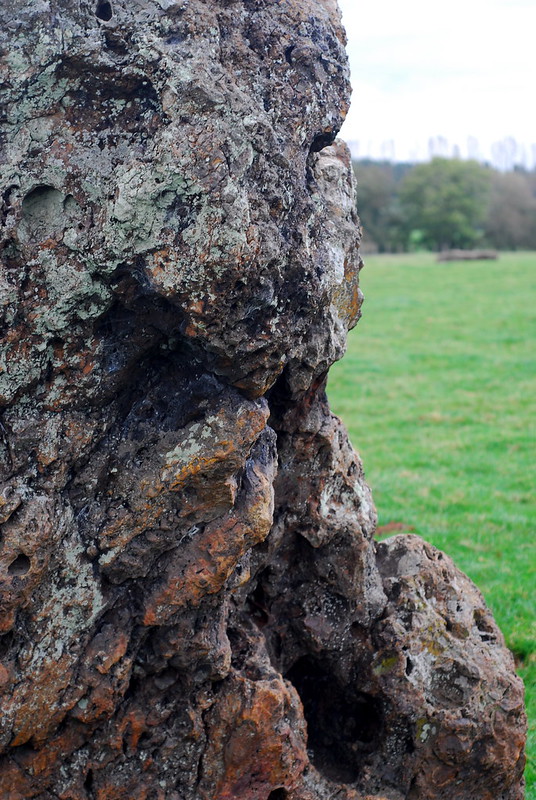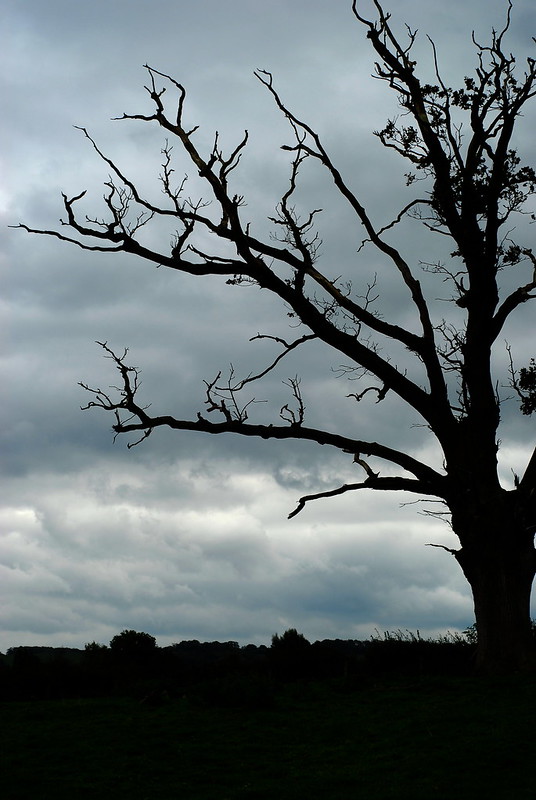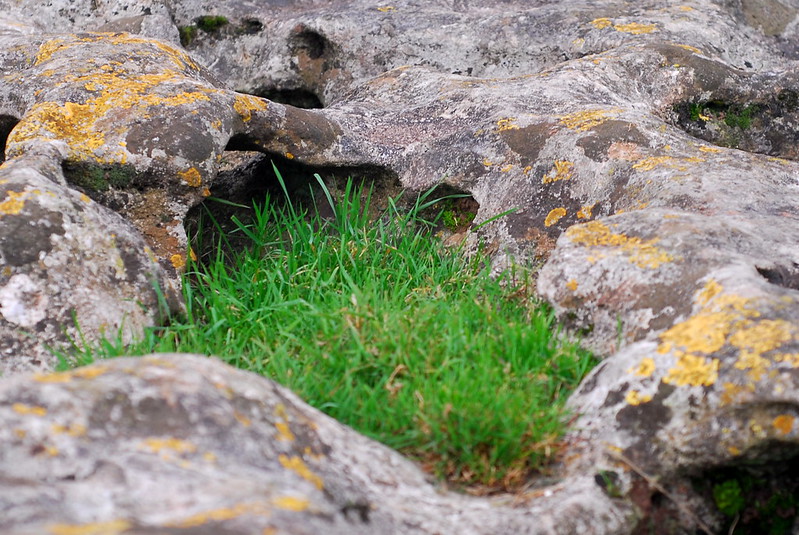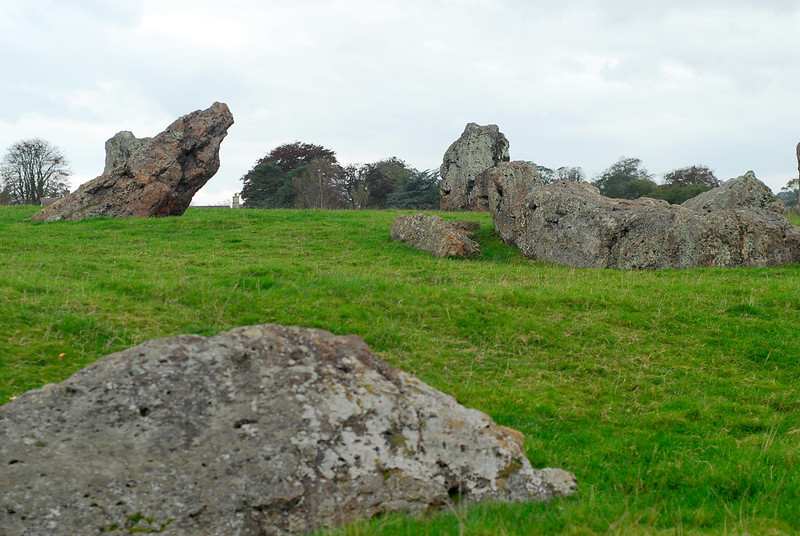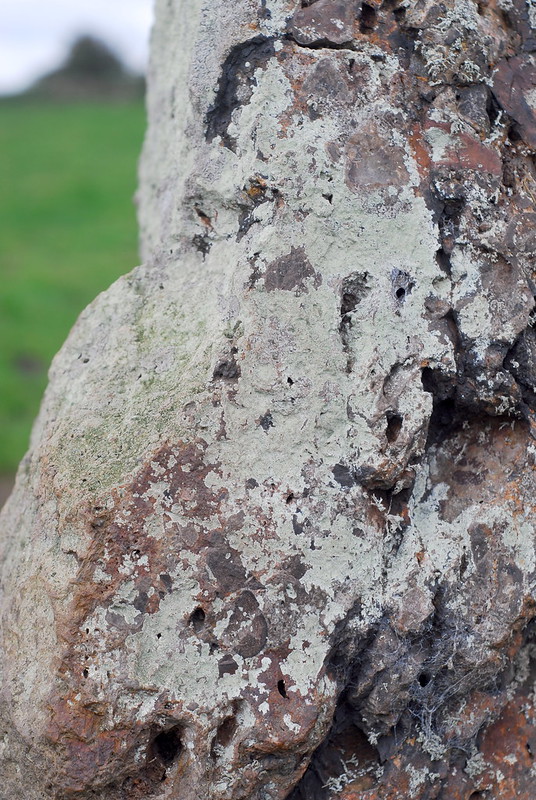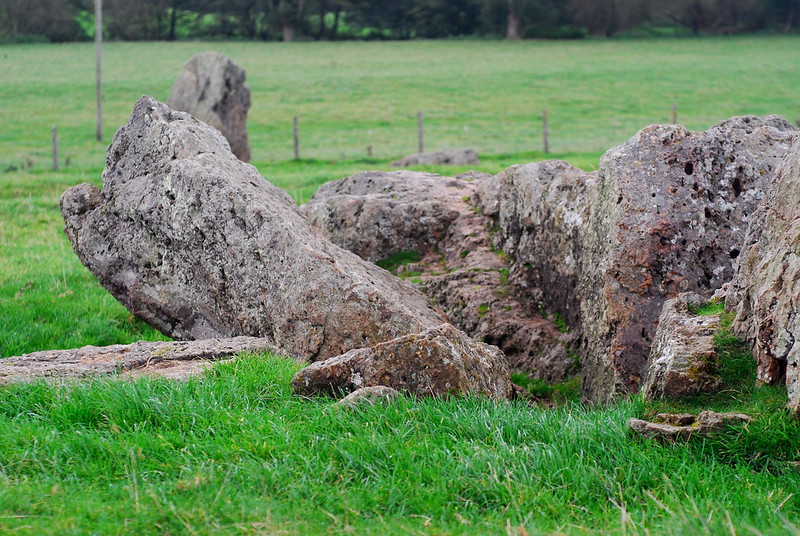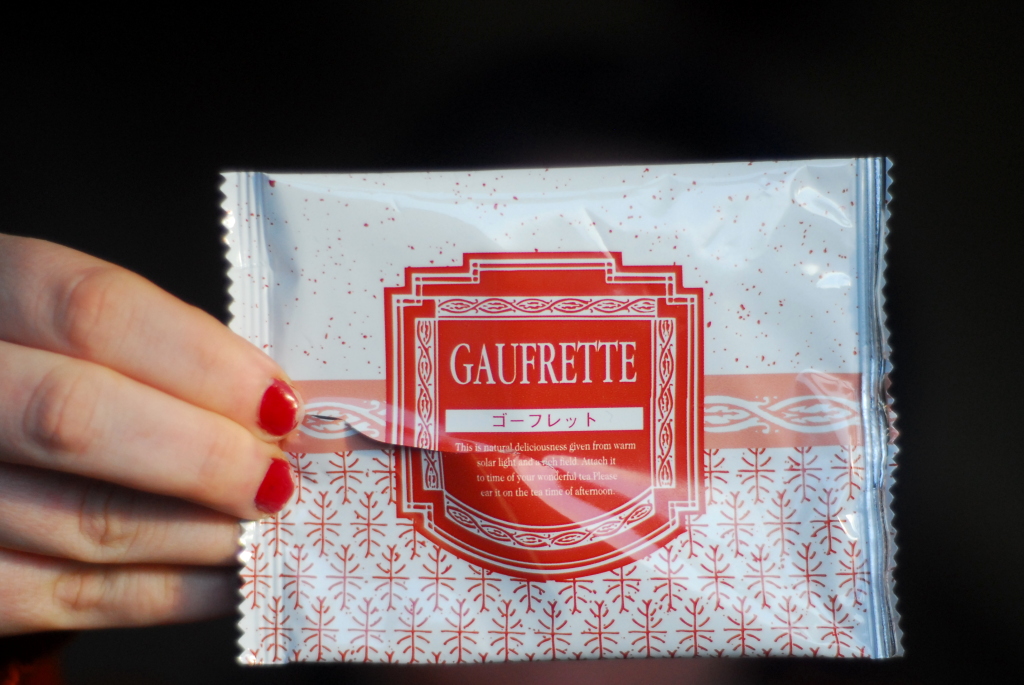Art
In which we have an arty weekend, and get inspired
A bit of an arty weekend for us – well, an arty Sunday at least.
First off, the Bristol Artist’s Book Event – or, BABE – at the Arnolfini. The whole gallery was turned into a market for the weekend, so that people working in the field of “artists’ books” could sell their wares. Even though we couldn’t afford to buy very much, it was interesting just to treat the event as an art exhibit in itself. I’m not sure I want to become an artist’s book collector, in any case; for one thing, I wouldn’t have a clue how to file half of the things on display. They are wonderful objects to appreciate in their own right, though; hand-made, hand-bound, artisan objects. They are something I could make myself, if I had a mind to it – well, possibly not the hand-bound books, but you know what I mean. Anything can be art, after all, if made with an artistic event or viewed with an artistic sensibility. My eye was drawn to a folded concertina of a book,* a book of photographs produced by walking through a city and taking photos looking upwards at predetermined intervals. Too few people look up as they walk the world; I had trouble recognising all of the locations even though it was an area I knew well. It unfolded like a little Box Of Delights, drawing the reader in, yet fiddly to use with clumsy mind and fingers.
In the Arnolfini, we were hailed by a sandwich-board chap, laden with all sorts of things,** and a big sign saying “DRINK MORE GIN!” He gave us fliers for a corresponding exhibition at the Central Library, to go alongside BABE. We wandered across to College Green to find it, which was easier said than done. The exhibition, of artists’ books from the city library’s art collection, was squirrelled away in a conference room, in a part of the Reference Library normally well out of the public eye. When found, though, it was excellent, partly because the city library has a very good collection, and partly because of the access visitors got. We were free, under the invigilator’s beady eye, to pick the things up, read them, investigate them; quite an awkward job given the nature of some artists’ books, needing to be unpackaged and unfolded and probed gently but persistantly. The collection was biased mainly towards the last 20 years, but there were some earlier things; a pamphlet with Eric Gill illustrations, for example.*** Some were up-to-the-minute: things we’d seen on sale at the Arnolfini a few minutes before.
Finally, wandering into the Old City, we saw a placard for a temporary exhibition at the Centrespace Gallery, on Leonard Lane, tricky to find if you’ve never been before, as Leonard Lane is barely more than a doorway in a wall. You can tell it’s a street, though, because it has double yellow lines along both sides, despite being so narrow that most people could probably touch the walls on both sides at the same time at many points. The exhibition was “Dark Stars and Bleeding Hearts”, an art show by a local artist we’d not heard of before, deadgirl, also known as Keri Gardom. You can see examples of her art on her website:**** it’s brightly-coloured acrylic illustration between black outlines. The most common tag on her website gallery seems to be “morbid”; and she really should consider selling prints of her work, as well as originals. They’d sell in their thousands to “alternative” teenagers who can’t afford to spend £250 on a painting. What caught my eye, though – apart from the free sweets for visitors – was her palette. Not the selection of colours in her work, but her physical palette, sitting next to her easel in the middle of the room. It was piled up thickly with layers and layers of used paint, two or three inches deep. I wanted to take a picture; but she was busy talking to somebody else, I didn’t want to interrupt, and taking a picture of her palette without asking would be far too intrusive – like posting a photo of someone else’s desk.
In general, we felt inspired. Inspired to do things, ourselves, to get creative, to finish off our current artcraft projects. We almost went back to the Arnolfini, where one of the stalls at BABE was selling used printing blocks and sets of type. Not that we have a press, or forms, or anything else that printers need, but vintage typography can be beautiful, and the type itself even more so. Expect the Symbolic Forest Press to make an appearance one of these years, even if we don’t quite manage hand-printed or hand-bound hardbacks straight away. The world is creative, and we can be creative too.
* Unfortunately, me being me, I didn’t get the artist’s name
** although the only things that I can remember dangling off him were stripy paper bags
*** Unfortunately, me being me, I didn’t get the writer’s name.
**** Update, September 3rd 2020: the website appears to be no longer online.

 Home
Home